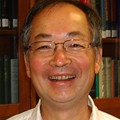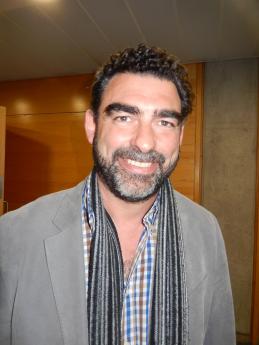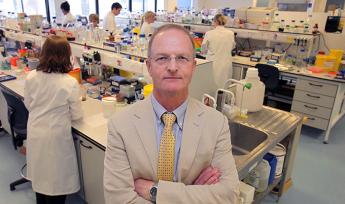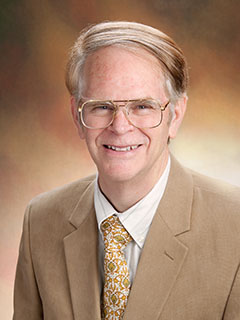Related Topics
Achievement Awards: Franklin Institute
Right Angle Club 2017
Dick Palmer and Bill Dorsey died this year. We will miss them.
Award Seminar # 3940: Douglas C. Wallace, PhD

|
| Dr. Aiwu Cheng |
Although others spoke, the Awardee chose four scientists in his field to present the cutting edge of it. And at far greater length than there is room to summarize here. The first was Aiwu Cheng (Shey-Shing Sheu), originally from Taiwan, but now Professor of Cardiovascular Research at Sidney Kimmel Medical College, Thomas Jefferson University. Dr. Cheng defined the role of the mitochondria to facilitate the conversion of ATP to ADP, essentially burning hydrogen by combining it with oxygen in the cell. In the case of cardiac muscle, ATP is exhausted in less than two minutes, and the cell will die. The cell responds by isolating the dead cell, and if enough of them die, the whole organism will die. The outcome is seen as the disease of sudden death in a person with an apparently healthy heart, but it probably plays a role in heart failure and death in general. In the intestinal tract, the bowel stops working, resulting in distension and fluid levels. When the person loses weight and then partially regains it, superoxide is released, probably causing distant damage to other cells by causing apoptosis. Dr. Cheng very kindly substituted for Sir John Walker, who was unable to fly to America on doctor's orders.

|
| Nick Lane, Ph.D., |
The second speaker was Nick Lane, Ph.D., Professor of Evolutionary Biochemistry, University College London, notable for theoretical books he has written about mitochondria, particularly emphasizing their probable role in sexual reproduction. Although a few ocean species differ, it is usual in our form of life to have a single set of nuclear DNA, and many sets of genes for mitochondrial DNA. The explanation seems to be the sperm cell contains no mitochondria, so mitochondria and the diseases they transmit are only carried by the mothers. Although some rare animals do things differently, mitochondria are exclusively transmitted by the females and their action on organ differentiation is controlled by the organ ratio of mitochondrial DNA to nuclear DNA. Essentially, that takes care of life, death, and sex.

|
| Sir Douglass M. Turnbull, |
The third speaker was also a Knight from England, Sir Douglass M. Turnbull, Professor, and Director of the Wellcome Trust Center for Mitochondrial Research, Newcastle, UK . A practicing pediatrician, he is credited with discovering a mutation of mitochondria, the diseases it causes, and the legality of the 3-parent cure of the disease. The cure involves removing the ovum from the mother, sucking out the nuclei with a pipette, and inserting the mitochondria from another mother, with fertilization by the father's sperm along the way. The result is a baby with two mothers and a father. Apparently, such operations require the approval of Parliament under the British medical system, and it took seven years of hard work to persuade all the committees to approve. This talk was given the day after the Trump bill discarded most of Obamacare, and loyal Englishman that he is, Sir John gratuitously commented that it illustrated the superiority of the British system. It was a little hard to follow his reasoning, however brilliant his research. He did comment that one baby in six carries mitochondrial mutations, so his own work will undoubtedly become famous.

|
| Douglas C. Wallace,Ph.D., |
And the final scientific speaker was Doug Wallace, himself. Douglas C. Wallace, Ph.D., Professor, and Director of the Center for Mitochondrial and Epigenomic Medicine at Children's Hospital of Philadelphia. Doug fired scientific discoveries at his audience like a fire-hose, including the female exclusiveness of mitochondrial transmission, the utility of following tribal migrations around the world by sampling mitochondrial mutations, and the discovery that mitochondria were probably once bacteria which somehow got lodged within yeast cells. The significance of this point is that yeast cells are unable to burn oxygen (make ATP) and acquired what was originally the exclusive ability of plants. In any event, there are more mutations within the 37 mitochondrial genes than in the thousands of nuclear ones, and hence a much greater chance of finding cancers (or the cure for cancers) in one place than another. The practical difference between curing one common expensive disease, versus many rare ones, must be obvious. Children's Hospital must be proud of this humble man.
Originally published: Saturday, May 06, 2017; most-recently modified: Monday, May 13, 2019